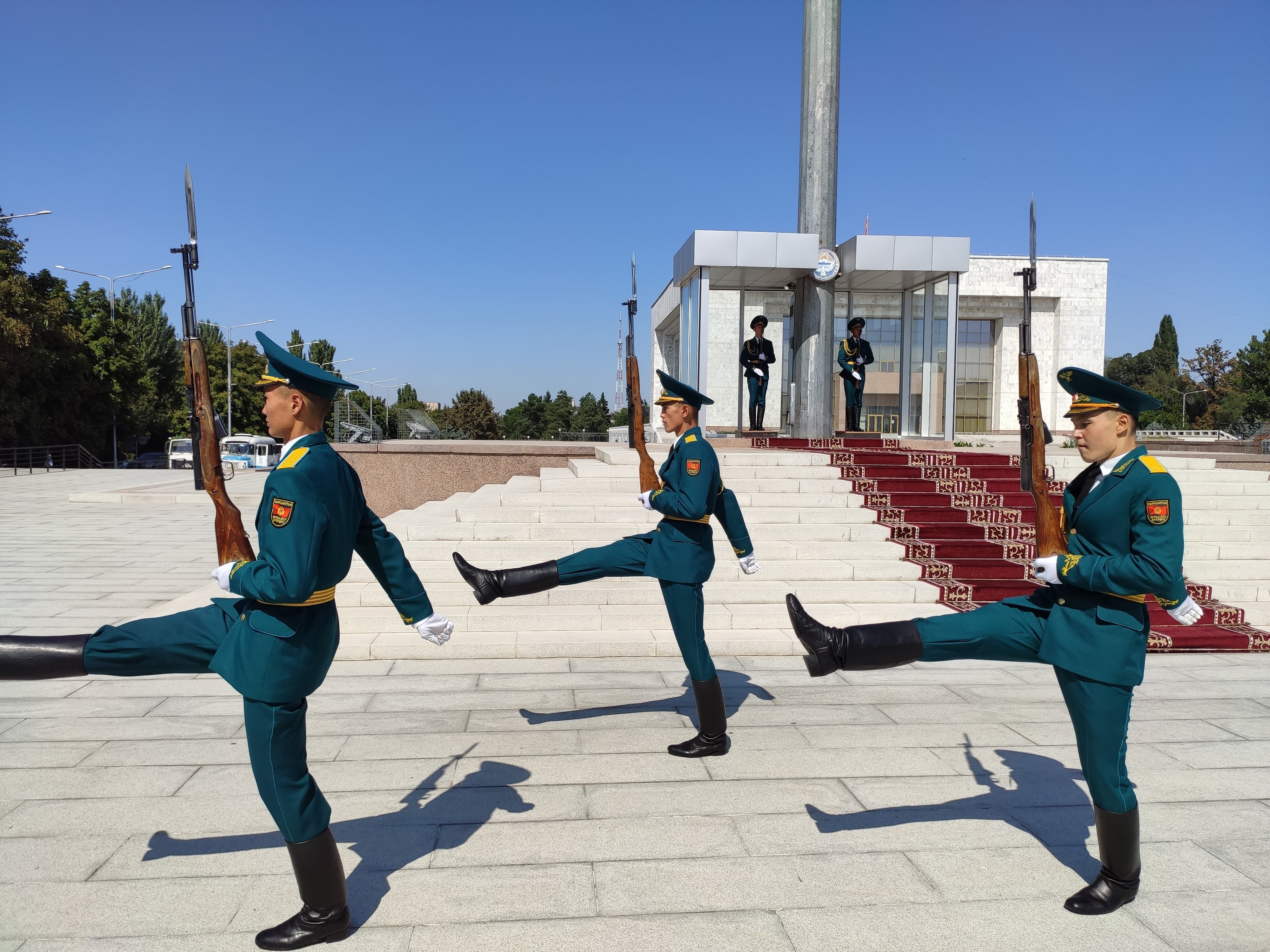|
Ala-Too Square
Ala-Too Square ( ky, Ала-тоо аянты, ''Ala-Too ayantı'', ; russian: Площадь Ала-Тоо, ''Ploshchad' Ala-Too'', ) is the central square in Bishkek, Kyrgyzstan. History The square was built in 1984 to celebrate the 60th anniversary of the Kirghiz Soviet Socialist Republic, at which time a massive statue of Lenin was placed in the square's center. The square was known as Lenin Square until Kyrgyzstan gained its Independence from the USSR in 1991. The statue of Lenin was moved in 2003 to a smaller square in the city, and a new statue called ''Erkindik'' (Freedom) was installed in its place. Later in 2011 it was replaced by a statue of Manas, to celebrate the 20th anniversary of Kyrgyzstan's independence. Protests On March 24, 2005, the square was the site of the largest antigovernmental protest of Kyrgyzstan's Tulip Revolution. After several weeks of unrest throughout the country, over 15,000 people gathered early in the afternoon to protest the results of the ... [...More Info...] [...Related Items...] OR: [Wikipedia] [Google] [Baidu] |
Bishkek
Bishkek ( ky, Бишкек), ), formerly Pishpek and Frunze, is the capital and largest city of Kyrgyzstan. Bishkek is also the administrative centre of the Chüy Region. The region surrounds the city, although the city itself is not part of the region but rather a region-level unit of Kyrgyzstan. Bishkek is situated near the Kazakhstan–Kyrgyzstan border. Its population was 1,074,075 in 2021. In 1825, the Khanate of Kokand established the fortress of Pishpek to control local caravan routes and to collect tribute from Kyrgyz tribes. On 4 September 1860, with the approval of the Kyrgyz, Russian forces led by Colonel Apollon Zimmermann destroyed the fortress. In the present day, the fortress ruins can be found just north of Jibek jolu street, near the new main mosque. In 1868, a Russian settlement was established on the site of the fortress under its original name, Pishpek. It lay within the General Governorship of Russian Turkestan and its Semirechye Oblast. In 1925, the ... [...More Info...] [...Related Items...] OR: [Wikipedia] [Google] [Baidu] |
